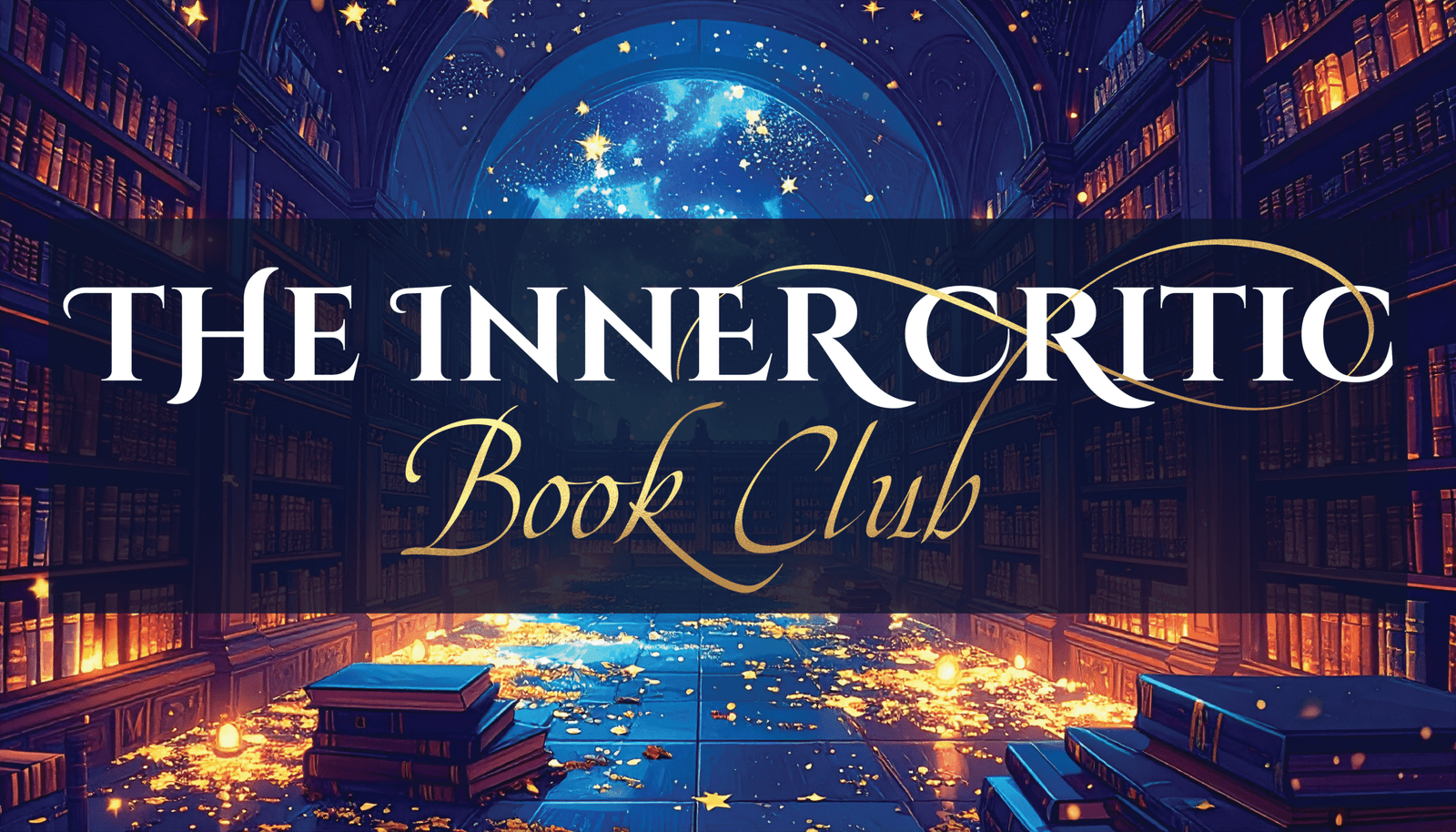
Mirror Mirror On My Therapist Wall: Captain Hook
Share the Post: Captain Hook: The Mental Health Icon We Never Expected Let’s be honest: Captain Hook has always been

Maleficent & Mental Health: The Villainess Who Taught Us About Boundaries, Betrayal, and Becoming
When you hear the name Maleficent, you probably picture a tall, dark fairy with horns, wings, and a soul-piercing glare. Once labeled the most iconic Disney villain, she cursed a baby, turned into a dragon, and terrified generations.
But when Maleficent (2014) hit the screen, everything changed.
Suddenly, this one-dimensional villain became something much deeper—a woman grieving a profound betrayal, navigating trauma, and reclaiming her voice in a world that punished her for feeling too much.
And honestly? That makes her one of the most relatable mental health figures Disney has ever created.
Let’s talk about the elephant in the throne room: Stefan didn’t just betray Maleficent—he violated her trust and consent.
In the 2014 live-action film, we watch as Maleficent experiences a devastating trauma: someone she trusted cuts off her wings in her sleep—robbing her of freedom, power, and the very symbol of her identity. This isn’t just betrayal. It’s assault. It’s violation. And it changes everything.
Trauma, especially interpersonal trauma, has a way of warping our worldview. It tells us:
People aren’t safe.
Vulnerability equals weakness.
Trusting again will only get you hurt.
Maleficent’s transformation into the “villain” is not because she’s evil. It’s because she’s in pain. Her curse on Aurora is not about vengeance—it’s about trying to control a world that took everything from her.
If you’ve experienced trauma—especially betrayal trauma—Maleficent’s story hits deep.
Here’s what she teaches us:
Grief Can Look Like Rage
Maleficent isn’t “angry for no reason.” She’s grieving her wings. Her identity. Her power. Rage is often dismissed, especially in women, but it’s a valid, necessary part of grief and healing.
Shutting Down Is a Trauma Response
After Stefan’s betrayal, Maleficent withdraws from joy, nature, and connection. Her world darkens because her body and brain are trying to protect her from further harm. This is not weakness—it’s survival.
Healing Often Starts in Unexpected Places
Despite her trauma, Maleficent begins to care for Aurora. This connection—though unplanned—becomes the catalyst for her healing. Love doesn’t heal everything, but it can open the door to healing.
One of the most powerful things Maleficent teaches us? Boundaries.
She starts off trusting too much, losing everything because of that trust. But through her journey, she reclaims her agency. She stops letting people dictate her story. And ultimately, she sets the ultimate boundary: she undoes the curse she placed. She forgives herself.
Boundaries are not walls. They’re bridges to self-respect.
Maleficent doesn’t return to who she was before—she becomes someone new. Someone who has been broken and rebuilt. Someone who chooses protection and connection. Someone who leads with fire and softness.
Let’s break it down:
Maleficent’s Story | Mental Health Insight |
Betrayal of trust | Trauma changes how we relate to others. |
Cutting of wings | Symbolic of identity loss and violation. |
Retreating into darkness | Isolation is often a defense mechanism after pain. |
Bonding with Aurora | Connection and care can help rewire trauma. |
Undoing the curse | Self-forgiveness is a radical act of healing. |
You don’t need horns or wings to feel like the world has taken something from you.
Maybe you were betrayed by a friend, parent, or partner.
Maybe your trauma made you pull away from people you love.
Maybe you’re tired of being seen as “too much,” “too angry,” “too guarded.”
Here’s the truth: You are not a villain for protecting your heart.
You’re not broken. You’re wounded—and healing.
“What have I lost that needs to be mourned before I can move forward?”
“What version of myself was silenced, cut off, or shamed—and what does she need from me now?”
“What boundaries can I set to honor my healing without closing myself off?”
Maleficent isn’t evil. She’s wounded, healing, and rising.
She teaches us that:
You can come back from betrayal.
You can choose softness after you’ve been hardened.
You can rewrite your story—even if it started in darkness.
So if you’ve ever felt like the villain in your own life, maybe what you really are… is the hero of a misunderstood origin story.
You’re not too much. You’re becoming.
Need a safe space to explore your own healing? Whether you’re rebuilding after betrayal, reclaiming your voice, or redefining your power—therapy can be your first step toward flight. Let’s find your wings.

Share the Post: Captain Hook: The Mental Health Icon We Never Expected Let’s be honest: Captain Hook has always been

Share the Post: The Mental Health of Jack Barlow — When Self-Protection Turns Destructive Jack Barlow from Fourth Wing isn’t